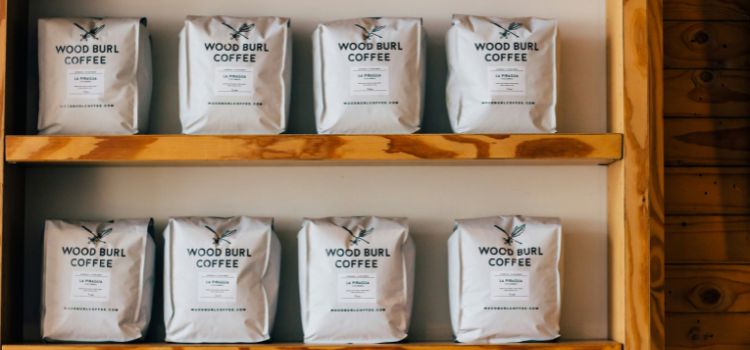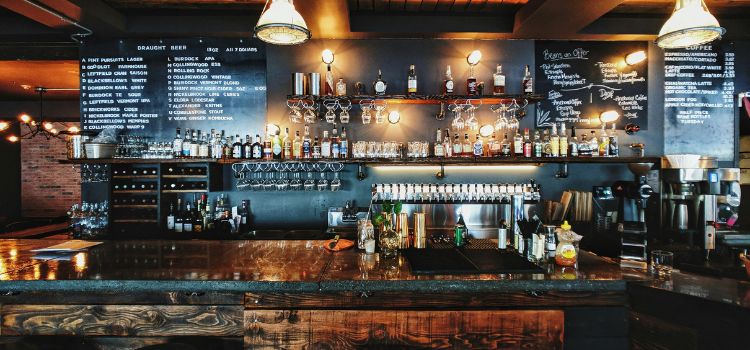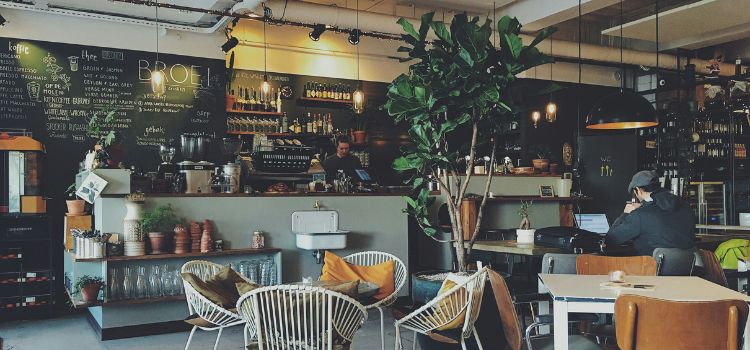To publish a coffee table book, first, gather high-quality images and an engaging narrative. Next, find a reputable publisher who specializes in coffee table books.

To create a stunning coffee table book, ensure the design and layout are visually appealing and reflective of your intended audience. Consider the book’s size, paper quality, and overall production to ensure a high-end finished product. Crafting a captivating and informative narrative to accompany the images will enhance the reader’s experience.
Collaborating with a skilled designer and editor is essential to ensure the final product meets professional standards. Lastly, marketing and distribution strategies should be considered to effectively showcase and sell the coffee table book. Creating a coffee table book involves a comprehensive process requiring attention to detail and collaboration with industry professionals to bring your vision to life.
Planning Your Coffee Table Book
Discover the essential steps to publish your own coffee table book. From concept to design, this guide will help you create a stunning visual masterpiece that captivates readers.
Choosing A Theme
The first step in planning a coffee table book is choosing a compelling theme. Ensure that the theme is engaging and meaningful to your target audience. Consider themes that reflect your unique perspective or showcase a specific subject matter. Think about what makes your project different and appealing to potential readers.
Researching Market Demand
Before diving into the production of your coffee table book, it’s crucial to research the market demand. Identify the audience for your book and explore the current trends and interests. This step will help you align your content with the preferences of your potential readers, increasing the chances of commercial success.
Creating Compelling Content
When creating a coffee table book, the content is the heart of the project. Engaging and compelling content is what will captivate the audience and make the book stand out. Whether it’s a collection of stunning photographs, insightful text, or a combination of both, the content is what will ultimately define the book’s appeal.
Gathering High-quality Images
The first step in creating compelling content for a coffee table book is to gather high-quality images. Beautiful, high-resolution photographs are essential for grabbing the reader’s attention and evoking emotions. Whether you’re a professional photographer or sourcing images from various photographers, ensure that every image meets the highest standards of visual appeal and technical quality.
Writing Captivating Text
Captivating text that accompanies the visuals is crucial for providing context, descriptions, and narratives that enrich the reader’s experience. Whether it’s narrative storytelling, informative captions, or compelling anecdotes, the text should be engaging and complement the visual content seamlessly. It’s important to strike a balance between brevity and depth, ensuring that the text enhances and doesn’t overshadow the visuals.
Designing Your Coffee Table Book
Designing your coffee table book is an essential step in bringing your creative vision to life. It involves selecting layouts, formats, typography, and color schemes that complement your content and captivate your readers. Whether you are a professional photographer, a travel enthusiast, or an art aficionado, the design of your coffee table book plays a crucial role in its success. In this section, we will explore two key aspects of designing your coffee table book: selecting layouts and formats, and choosing typography and color scheme.
Selecting Layout And Format
The layout and format of your coffee table book are crucial in presenting your content in the most visually appealing way. Here are some factors to bear in consideration:
| Layout and Format Tips: |
| Align the layout with your content’s theme and purpose. |
| Opt for larger dimensions to showcase stunning visuals. |
| Create a seamless flow with white space, captions, and page breaks. |
| Experiment with different formats for visual variety. |
Choosing Typography And Color Scheme
The typography and color scheme of your coffee table book contribute to the overall aesthetics and mood. Consider these tips to assist you in making your selection:
| Typography and Color Scheme Tips: |
| Ensure fonts are legible, especially for longer texts. |
| Align typography with the style and theme of your book. |
| Establish a visual hierarchy using variations in font sizes, weights, and styles. |
| Select a color scheme that complements your images and evokes the desired mood. |
Printing And Production
Printing and production are crucial aspects of publishing a coffee table book. Finding the right printing company and understanding paper options are key to achieving the desired quality and visual appeal. In this article, we will explore these two aspects in detail.
Finding A Printing Company
Choosing the right printing company is vital to ensure your coffee table book comes out perfectly. Consider these crucial factors:
Researching and comparing different printing companies will help you make an informed decision that aligns with your vision for the coffee table book.
Understanding Paper Options
Choosing the right paper for your coffee table book is essential as it greatly affects the overall presentation and durability. Here are some common paper options to consider:
| Paper Type | Description |
| Glossy | Glossy paper offers a shiny, reflective finish that emphasizes vibrant colors and sharp details. It is ideal for showcasing high-quality images. |
| Matte | Matte paper provides a non-glossy, smooth surface that minimizes reflections. It is suitable for a more subdued and sophisticated look. |
| Textured | Textured paper adds depth and character to your coffee table book. It can range from subtle linen textures to more pronounced embossing or canvas-like surfaces. |
When choosing the paper, consider the content and theme of your coffee table book. Each type of paper has its own unique qualities that can enhance the overall aesthetic appeal.
By finding a reputable printing company and understanding the various paper options available, you can ensure that your coffee table book is produced to the highest standards, leaving a lasting impression on readers.
Marketing And Distribution

Once you have successfully completed the production stage of your coffee table book, it’s time to focus on marketing and distribution. This crucial phase involves identifying your target audience and implementing effective strategies to promote and sell your book.
Identifying Target Audience
Before diving into marketing your coffee table book, it’s important to determine who your target audience is. Understanding your audience allows you to tailor your marketing approach and reach the right people. Consider these essential factors when pinpointing your target audience:
By analyzing these factors, you can create a profile of your target audience, allowing you to effectively target your marketing efforts and maximize your book’s exposure.
Promoting And Selling Your Book
Now that you have a clear understanding of your target audience, it’s time to promote and sell your coffee table book. Here are some effective strategies to consider:
Remember, a comprehensive marketing strategy involves a combination of online and offline efforts. By implementing these strategies and constantly evaluating their effectiveness, you can increase the visibility and sales of your coffee table book.
Frequently Asked Questions For How To Publish A Coffee Table Book
Can I Publish A Coffee Table Book?
Yes, you can publish a coffee table book. Consider design, quality photos, and market demand for best results.
Are Coffee Table Books Profitable?
Yes, coffee table books can be profitable if they cater to a niche audience and offer unique and visually appealing content. By targeting specific interests, leveraging high-quality images, and effective marketing, coffee table books can generate revenue for publishers.
How Much Does It Cost To Make A Coffee Table Book?
Coffee table book costs vary depending on factors like size, design, and page count. On average, prices range from $50 to $200 per book. However, premium options can cost significantly more. To get an accurate estimate, it’s best to consult with a reputable printing company or check online printing services.
What Makes A Successful Coffee Table Book?
A successful coffee table book is made by captivating visuals, engaging content, relevant theme, high-quality printing, and attention to detail. It should be visually appealing, provide interesting information, and be printed to perfection, ensuring a delightful experience for the reader.
Conclusion
Publishing a coffee table book may seem daunting, but with the right approach, it can become a rewarding experience. By following a systematic process, such as creating a well-defined concept, curating captivating content, and collaborating with professionals, you can bring your vision to life.
Remember to pay attention to design, layout, and printing quality to ensure a visually stunning finished product. With dedication and proper execution, your coffee table book can become a cherished possession for both yourself and your audience. Happy publishing!

















